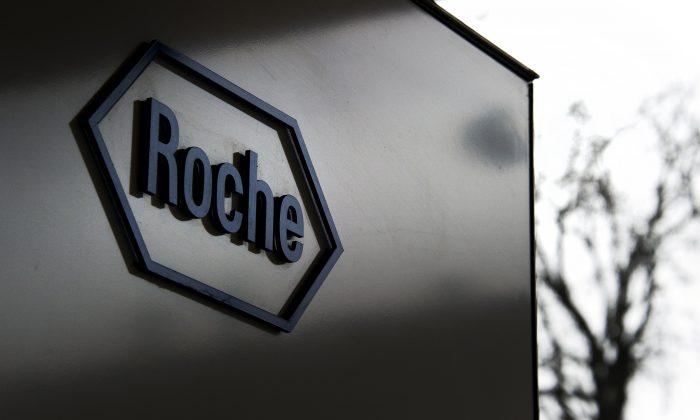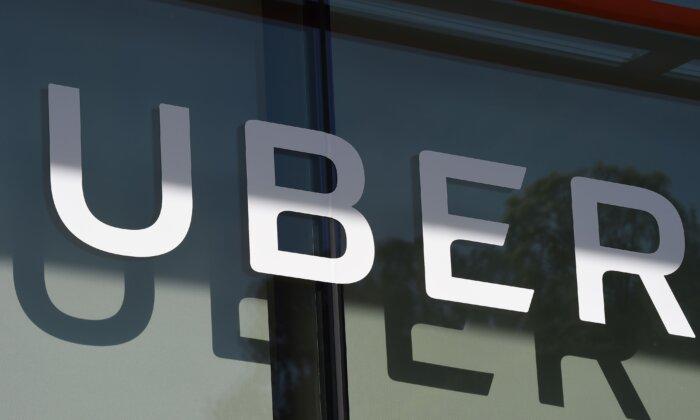Walmart is planning to add thousands of electric vehicle-charging stations at its stores by the end of the decade even as EV adoption faces multiple challenges like the high cost of acquisition.
“Our goal is to meet the needs of customers and members where they live and open the road to those driving across the country. Easy access to on-the-go charging is a game-changer for drivers who have been hesitant to purchase an EV for concerns they won’t be able to find a charger in a clean, bright, and safe location when needed.”
The plan to set up EV charging stations is the latest in the company’s push to “reduce emissions” in its operations. In 2020, Walmart set the goal of achieving “zero emissions” across global operations by 2040. The company has been incorporating electric cars, trucks, delivery vans, and drones into its fleet.
Biden’s EV Push
Walmart’s decision comes as the Biden administration is pushing ahead with promoting electric-charging stations throughout America. The 2021 infrastructure bill made available $7.5 billion for establishing a nationwide EV charging network. Around $900 million of funds were unlocked in September after President Joe Biden green-lit the EV charging proposals of 35 states.The expansion of EV charging infrastructure is happening on the assumption that people would shift from fossil-fuel vehicles to EVs in large numbers. However, such a shift is not taking place owing to the several disadvantages that EVs have when compared to conventional fuel-injection automobiles, including high acquisition costs.
According to data from Cox Automotive, the average transaction price for gas-powered cars in September 2022 was $48,094, which is more than 35 percent cheaper compared to the average price of $65,291 for electric cars.
Fuel Cost Difference, Cold Climate Disadvantage
In addition to high acquisition costs, EVs can be more expensive to run. An analysis by Anderson Economic Group (AEG) published in January showed that EVs lost to fossil-fuel cars when it came to fuel costs.“In fourth quarter 2022, typical mid-priced ICE [internal combustion engine] car drivers paid about $11.29 to fuel their vehicles for 100 miles of driving. That cost was around $0.31 cheaper than the amount paid by mid-priced EV drivers charging mostly at home, and over $3 less than the cost borne by comparable EV drivers charging commercially,” it said.
Electric vehicles also face issues during cold climates. A study conducted by truck manufacturer Autocar published in March last year found that EVs lose on average a third of their range in winter . As such, an EV with a stated range of 240 miles ends up having a range of only 160 miles in winter.
In the tests, Ford Mustang Mach-E Extended Range RWD lost 35 percent of its range, Fiat 500 42kWh Icon lost 40 percent, and the Porsche Taycan 4S Performance Battery Plus with heat pump lost 22 percent of its range in cold conditions.
Though the efficiency of gas-powered vehicles also drops during extreme cold, their efficiency loss is not as great when compared to electric vehicles.
Meanwhile, the Biden administration is pushing ahead with its crackdown on fossil fuel-based vehicles. On March 31, it gave the nod to California’s proposal to ban the sale of new diesel-powered heavy trucks beginning in 2036.





